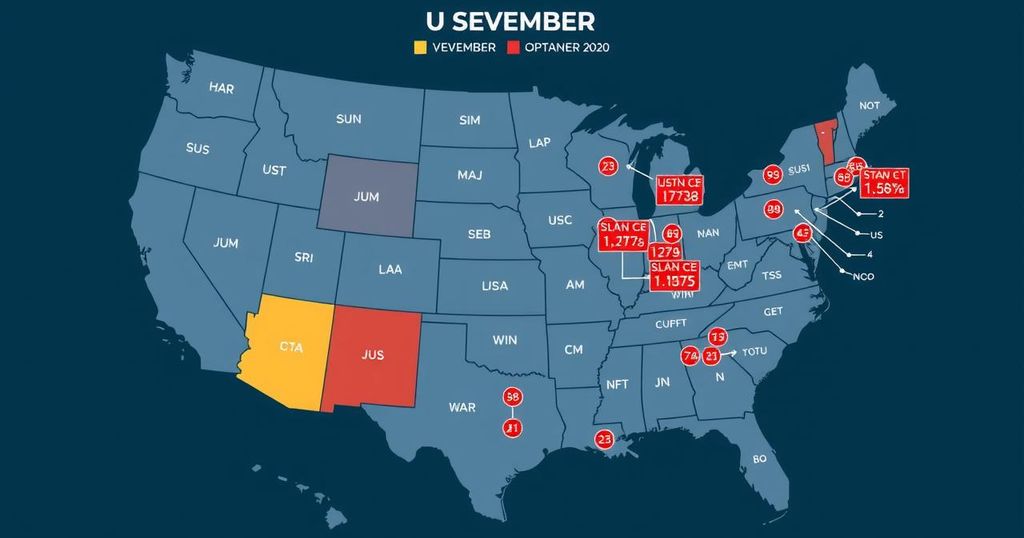The Historical Significance of the U.S. Election Date: Why November’s First Tuesday?
The U.S. election occurs on the first Tuesday after the first Monday in November, a tradition established in the mid-1800s. This date was chosen to ensure a uniform voting schedule across states while accommodating the agricultural lifestyle of early Americans. The selection of Tuesday minimized disruptions to farming activities and travel time, evolving into a standard that persists in contemporary electoral practices.
Each election cycle, Americans participate in a tradition that dates back to the mid-1800s, marked by casting their votes on the first Tuesday after the first Monday of November. This year, voters will head to the polls on November 5 to select either the incumbent Democratic President Joe Biden or his Republican predecessor Donald Trump. Understanding the historical reasoning behind this specific election date reveals insights into the societal norms and practical considerations of early American society. Prior to the establishment of a uniform election date, U.S. states held their presidential elections at varying times, as long as those elections occurred before the Electoral College met in December. For instance, during the presidential election of 1844, voting extended over a month, from early November to early December. This lack of a consistent date was criticized as inefficient, leading to concerns that early results could sway later voter behavior, potentially impacting the overall outcome. In response to these issues, Congress enacted legislation in 1845 establishing a fixed national election date. According to the act, this date was to be the Tuesday after the first Monday in November. The choice of November as the election month is intrinsically linked to the agrarian lifestyle that dominated early American life. November was deliberately chosen as it did not interfere with the critical planting season in spring or the autumn harvest. Furthermore, it was a time when farmers could travel without the hindrances of winter weather yet past the harvest season’s demands. Moreover, the day of the week also underwent a thoughtful selection process. Sundays were dismissed as voting days due to religious observances, while Wednesdays were deemed unsuitable because they typically served as market days for farmers to sell their goods. Similarly, Mondays and Thursdays were ruled out for travel purposes. Ultimately, Tuesday emerged as the most logical option for conducting an election, facilitating both travel and participation in the voting process for the agriculturally reliant populace.
The tradition of holding elections on the first Tuesday after the first Monday in November is not merely a modern convenience but rather a reflection of the historical and agricultural context of the United States in the nineteenth century. This practice established an efficient and uniform voting mechanism intended to mitigate the discrepancies introduced by different state voting dates and to encourage greater participation from voters, particularly those in rural areas. At a time when a large segment of the population was engaged in farming, maximizing accessibility and minimizing disruption to their harvest activities was paramount. Thus, the timing reflected a careful consideration of societal norms and logistical needs in early America.
The decision to hold U.S. presidential elections on the first Tuesday following the first Monday of November is a well-founded practice rooted in historical necessity and practical consideration of the agrarian lifestyle of early Americans. This system sought to ensure nationwide voting consistency while accommodating the needs of a predominantly agricultural society. As Americans approach each election, the significance of this dating tradition continues to resonate, mirroring the evolution of their democratic practices while honoring the historical contexts that shaped them.
Original Source: www.aljazeera.com




Post Comment